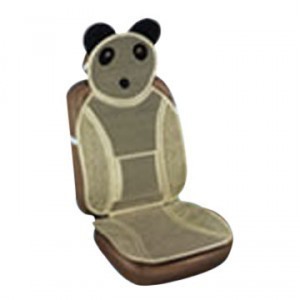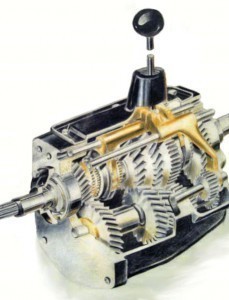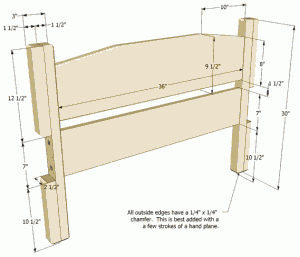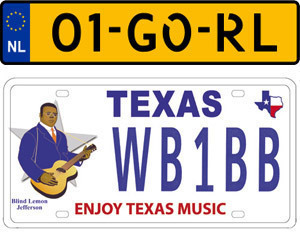Tire Comparison
Making tire comparisons is essential for anyone who owns a vehicle. There are several kinds of tires to choose from, but the main criteria must always be durability, strength and grip. You should also remember the following.
Cost
This is of course very important. The price is often determined by the brand name. Some people prefer to buy only from well established manufacturers.
Even if the tires are expensive, one is assured of the quality. However, cheaper tires do not always mean poor quality. Comparing the prices of tires is necessary. But it is not the only factor to consider.
Car tires can be purchased in stores and online. Wherever you decide to buy, specify the type of car you are driving.
Physical Attributes
Tire comparisons will not be complete without assessing the physical attributes. These attributes include the rim width, tread depth, section width, diameter, weight and tire size. The tire specifications will be stated on the tire in alphanumeric characters.
Keep in mind that the dimensions are for specific cars. Refer to your car’s user manual for the recommended car type. Of course you have to evaluate the tread depth too. This will be based on the weather conditions the car will be used in. Tires that will be used in winter conditions will have different specs from other tires. 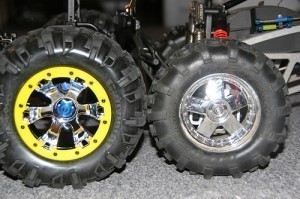
Conditions and Performance
Where will you drive the car? Roads can be dry, slippery, smooth, rough etc. However, there are now all-season tires available. These can be used in different terrains. When shopping for tires, check the traction and handling.
These will be crucial when driving on slippery terrain. The price of all-season tires vary. Those from well known brands can be expensive. But there are lower cost alternatives available.
Durability
Tire durability is expressed in terms of tread wear warranty and expected mileage. Typically, the tread wear will range from 60,000 to 100,000 miles. But there are some high performance tires that do not specify tread wear warranties.
Most tires also have speed ratings. The ratings are expressed in letters; the deeper into the alphabet, the faster the tire is. For example, a V tire is faster than an A tire. You must also assess the comfort, agility and dexterity of the tires.
Making tire comparisons takes some time, but it is necessary. The more time you invest here, the less chance you will end up with the wrong pair of tires.
